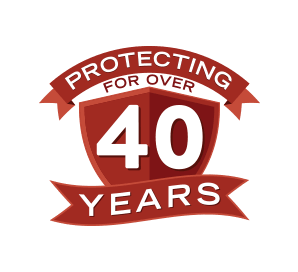Precautionary Measures While Spring Cleaning
As the cold days fly by and warmer weather eagerly approaches, so do the pests. While you get prepared to start cleaning up the debris from your gardens, clear out the garage, and fix up the shed, you should keep in mind the potential hazards that loom around every nook and cranny. Unfortunately, we are referring to animal waste and nests, as it isn’t uncommon to come into some kind of contact with a disease ridden animal while spring cleaning. They eat whatever they can find (especially scavenger types) and get into conflicts with other animals, creating the potential for viral cross over, while also creating a mess of waste.
Potential Hazards of Animal Waste
Disease can be spread through a number of mediums and species. The most common way to be affected is through inhalation or an open wound, usually around the hands. Unlike humans, wild animals defecate whenever and wherever they feel the need, but by the time you arrive on the scene everything’s all dried up and this is where it can get dangerous; in the act of sweeping we are stirring up all the “dust” which can be full of harmful debris and disease such as the Hantavirus.
Potential Hazards of Animal Nests
As anyone can assume, breaking into another’s home can often lead to some foul outcomes, especially if it’s a Bee’s nest. The nest is an animal’s home and they will be extremely defensive about it by lashing out with their mouth, claws, and hisses in an attempt to protect themselves and kin. Animal scratches and bites are a very serious matter due to ease of contamination and being maimed in general. It is highly recommended to call a professional to deal with rodent and bug nests simply because it’s a hazard to you. Not to worry, as Action Pest will humanely extract the offending pests.
Keeping Healthy
Knowing the hazards is the first step in your spring cleanup. Now, it’s up to you to take the next step of protecting your health while being exposed to these dangers. Before doing any cleaning in general, always be prepared with the proper personal protective equipment such as:
- Clothing covering the arms and legs
- Safety Glasses
- Thick gloves
- Comfortable and supportive foot wear
- Respirator
- Flashlight






